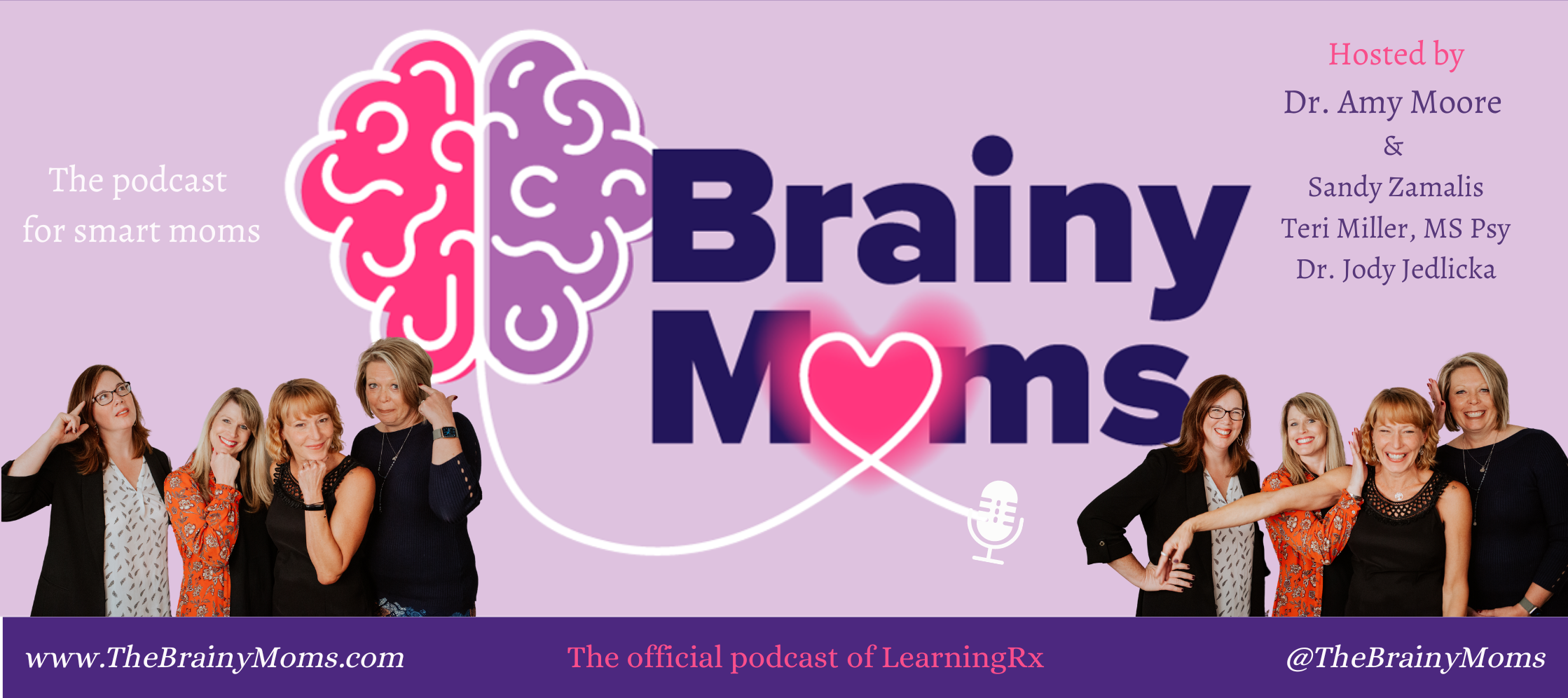Most people incorrectly believe that boys are more likely than girls to have a learning disability. But the truth is that boys are more likely than girls to be diagnosed with a learning disability. This is largely because boys are more likely to display behavioral problems outwardly, often in ways that disrupt the classroom for other students. So, in addition to displaying symptoms that draw more attention to themselves that prompt referrals for evaluation, they may also be affecting the teacher’s ability to instruct others.
Need some examples? Check out these four common learning disabilities and how they may manifest differently by gender and age.
Gender Differences in ADHD
ADHD, the umbrella term for challenges with attention and executive function that may manifest as:
- Trouble focusing
- Poor planning
- Issues with getting and staying motivated
- Difficulty regulating emotions
- Problems with impulse control
With ADHD now covering three subtypes (ADHD hyperactive type, ADHD inattentive type, ADHD combination type), we can see why boys who tend to fall under the hyperactive type of ADHD would display behaviors that would stand out to parents, teachers, and learning specialists:
- Frequent interrupting
- Troubling waiting their turn
- Challenges with sitting still for extended periods of time
- Fidgeting, squirming in their seat
Juxtapose these to the symptoms that girls with ADHD are more likely to exhibit, which are encompassed within the inattentive classification of ADHD including:
- “Spacing out”
- Disorganization
- Challenges in following instructions
- Making careless mistakes
- Getting lost easily
Gender Differences in Dyslexia
Much like ADHD, dyslexia affects boys and girls at nearly the same rate, although boys tend to be diagnosed with the condition more often. Why?
Again, it may boil down to how the symptoms manifest. Because dyslexia is a spectrum condition, boys may have more severe problems that cause them to act out to avoid a task that involves reading, especially aloud. In addition, boys are more likely to have a co-occurring condition, such as ADHD, alongside dyslexia, making it easier to spot disruptive behaviors.
Boys with dyslexia may be more likely to:
- exhibit externalized behaviors
- be disruptive to the classroom setting
- display academic underachievement
- have a co-occurring behavioral condition that manifests is ways others can see
Girls with dyslexia may be more likely to:
- have more internalized symptoms (e.g., anxiety, perfectionism)
- withdraw from situations that could unveil their dyslexia
- have a co-occurring mental health condition (e.g., anxiety or depression) that may make it difficult for others to see
Dyscalculia Risk Factors by Age
Just as dyslexia is a learning disability associated with challenges reading written language, dyscalculia is trouble understanding math. Specifically, dyscalculia is defined by difficulties understanding numerical concepts, solving math problems, and estimating time, measuring, and budgeting.
Although some studies have indicated that boys are slightly more likely to have dyscalculia than girls, learning specialists are still unclear as to why that may be the case. Rather than look at gender, parents should look at dyscalculia risk factors by age to determine if their student may need interventions now or at some point down the road. These include:
By age 4: Does your child have trouble …
- … listing numbers in order?
- … matching number words or written digits to the number of objects?
- … counting objects?
Ages 6-12: Does your child have regular and lasting trouble …
- … recognizing math errors?
- … performing addition, subtraction, multiplication or division quickly?
Ages 12 and older: Does your teen have trouble …
- … making informed guesses?
- … making exact calculations?
- … understanding charts and graphs?
- … understanding decimals and fractions?
Gender Differences in Dysgraphia
Dysgraphia is a neurodevelopmental disorder that affects one’s ability to write, both in terms of handwriting and verbal expression and coherence. It’s different from acquired dysgraphia, which happens when someone loses the ability to write due to a stroke, illness, or brain injury. Dysgraphia is considered a “specific learning disorder in written expression.”
Unlike the above learning disabilities, dysgraphia is more common in boys than girls—which may be tied to the fact that it’s more common in children with autism and ADHD.
Dysgraphia may present in a number of ways, including:
- issues with letter size, formation, spacing and legibility
- difficulties with spelling, grammar, and compositions
- challenges with fine motor coordination
- issues with the rate or speed of writing
- difficulties holding or controlling a writing tool
- trouble writing in a straight line
- omitting words from sentences
- struggles to recall how letters are formed
The earlier a child with dysgraphia is diagnosed, the sooner interventions can help address the problems that will affect them throughout school and later in life. An education specialist can assess your child’s writing struggles to determine the severity of the problem.
Don’t let a fear of the unknown affect your willingness to have your child tested for learning disabilities. Regardless of their age and gender, your child can get help for a learning disability to make thinking, learning, reading, and remembering faster and easier.
